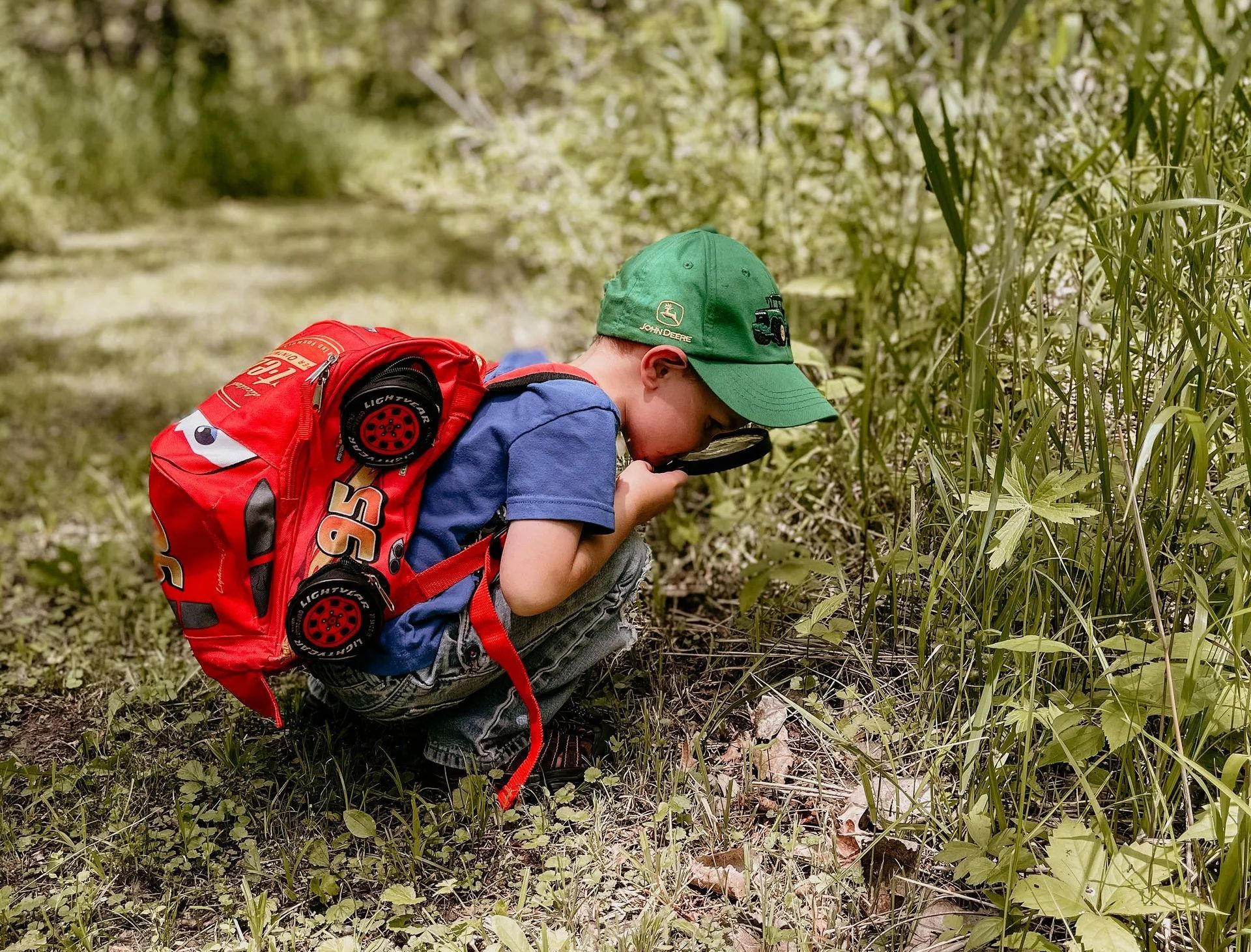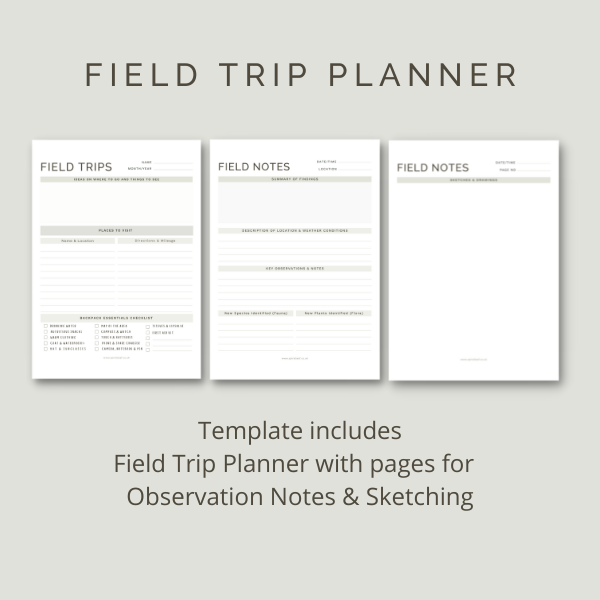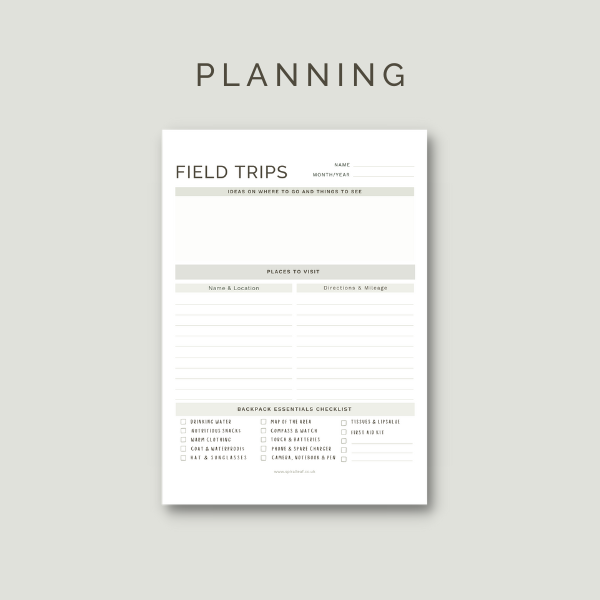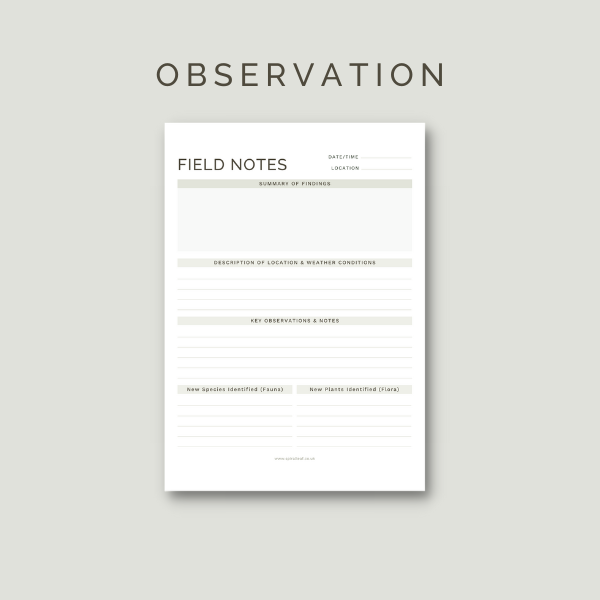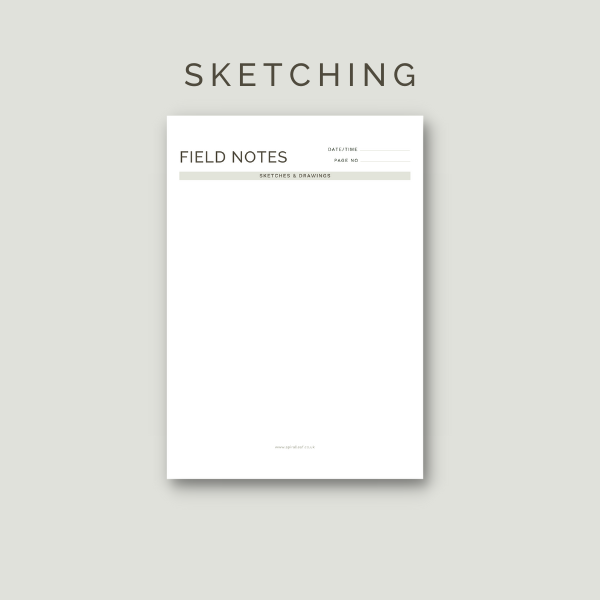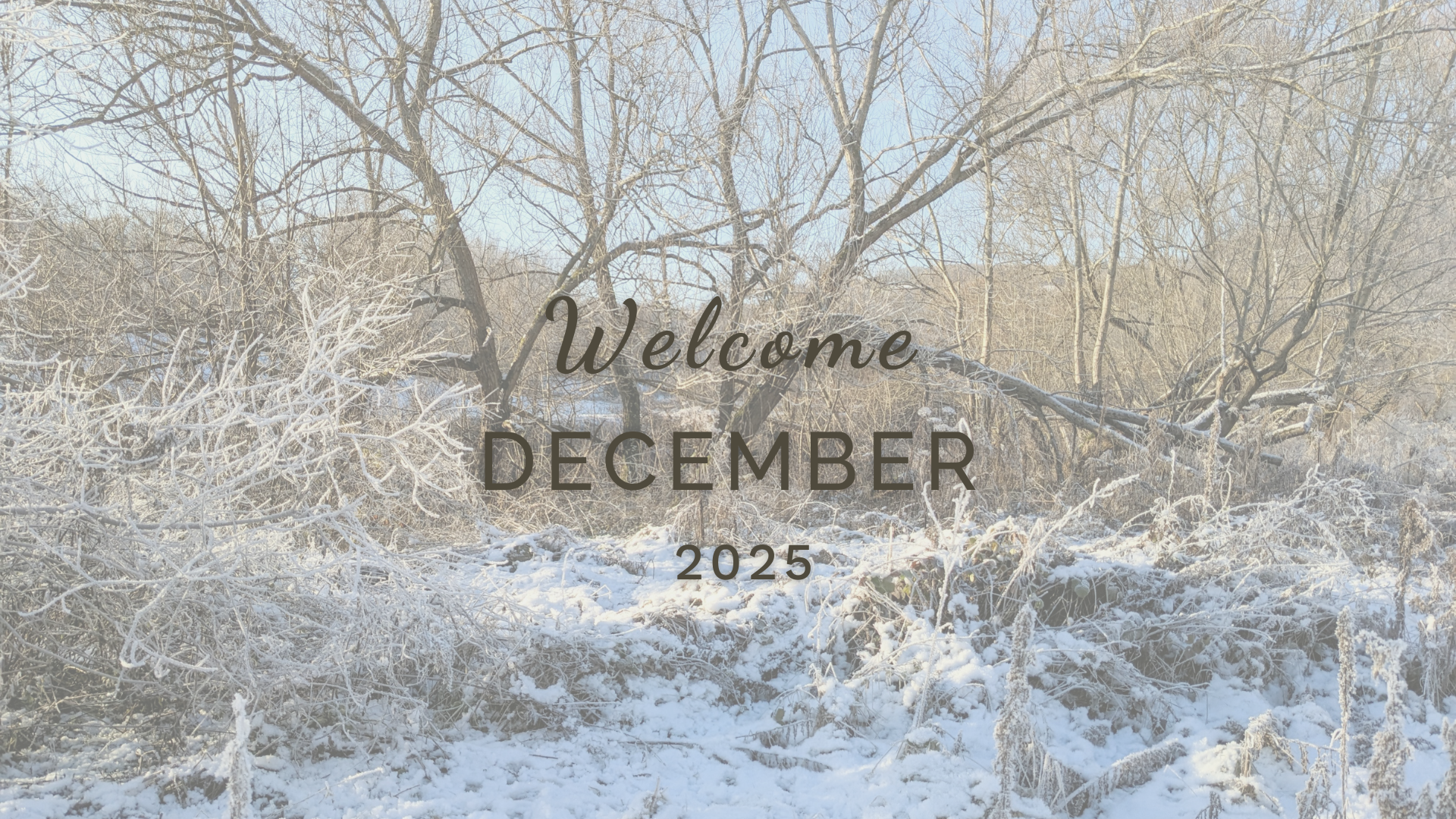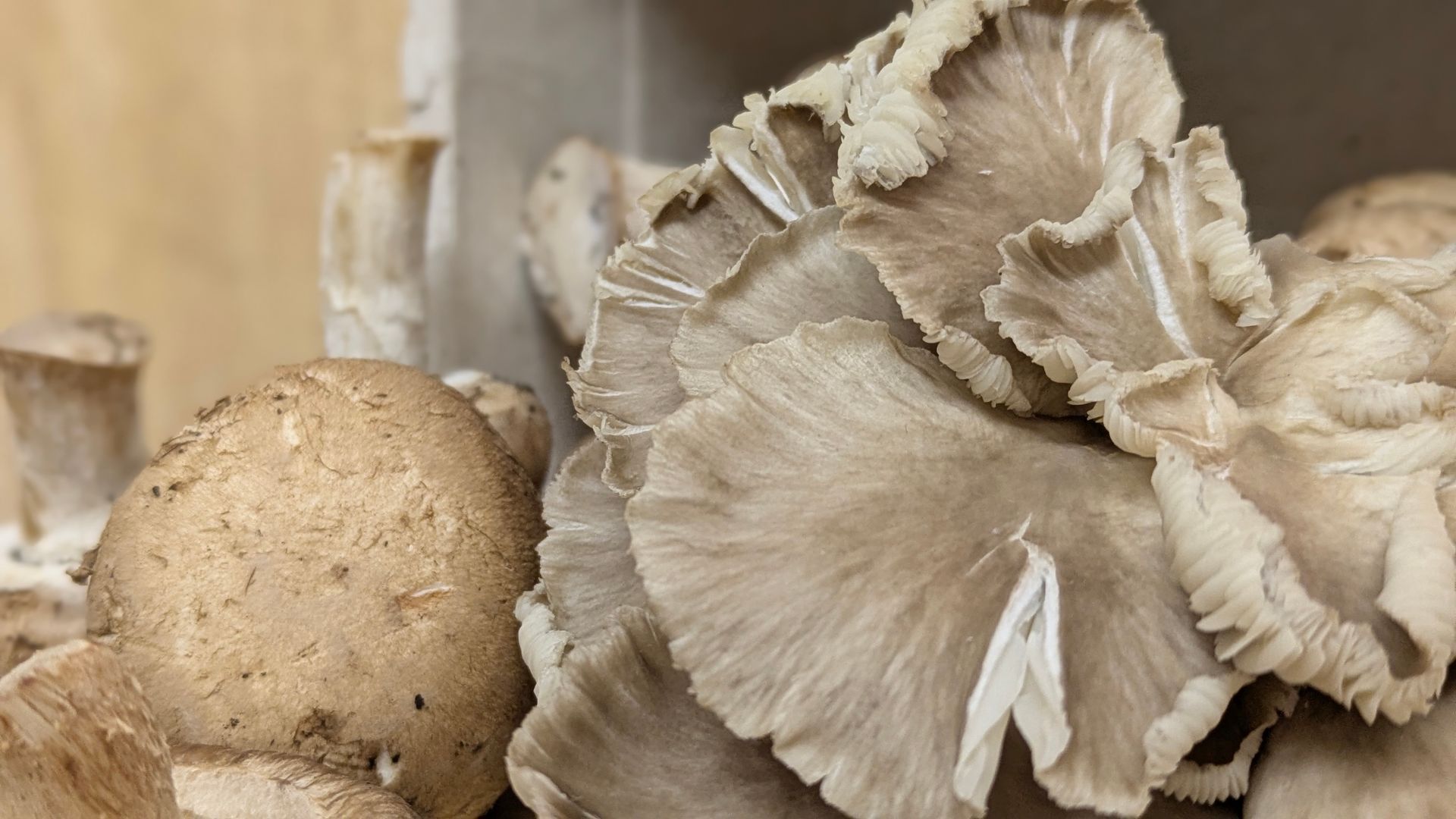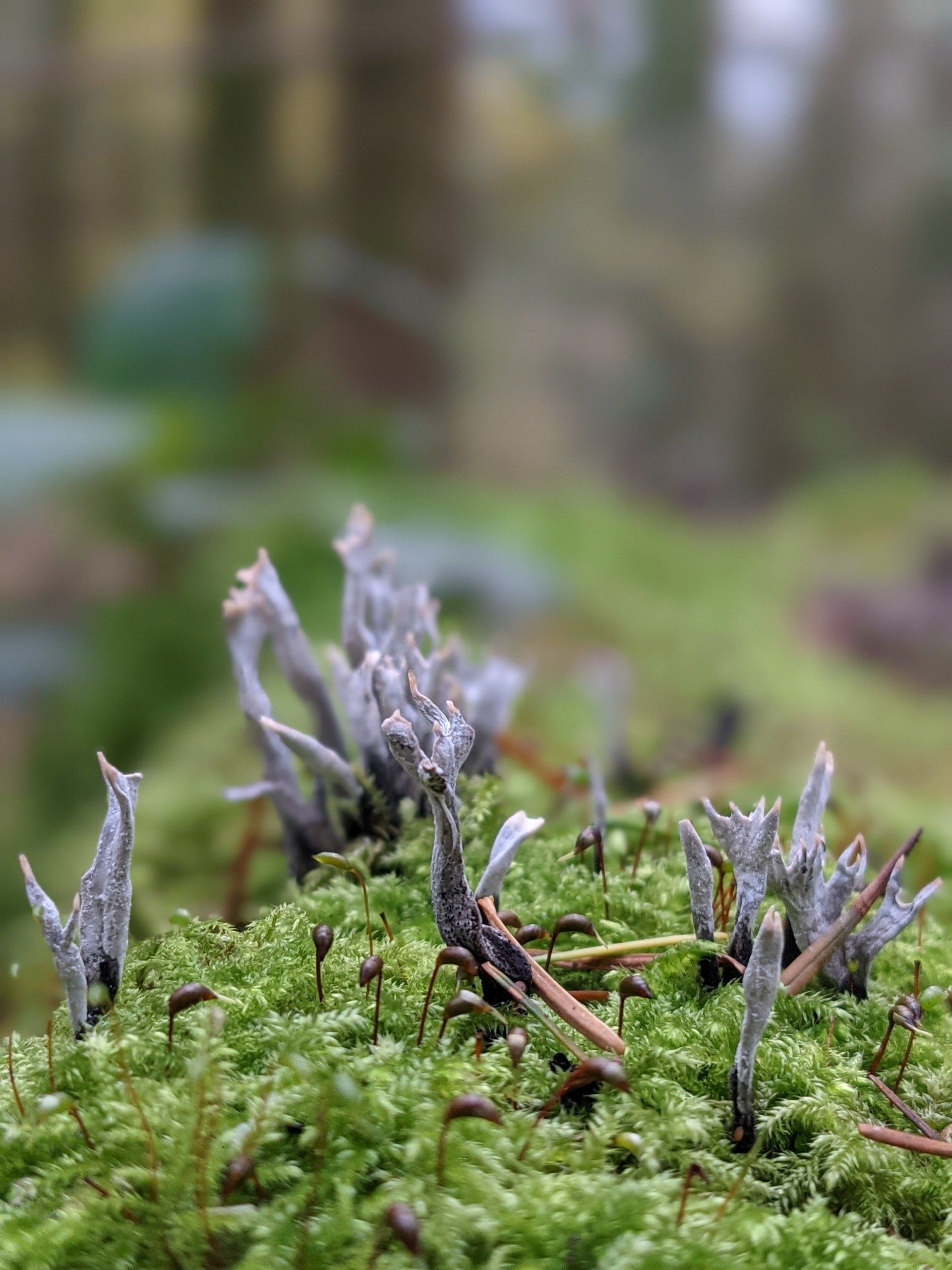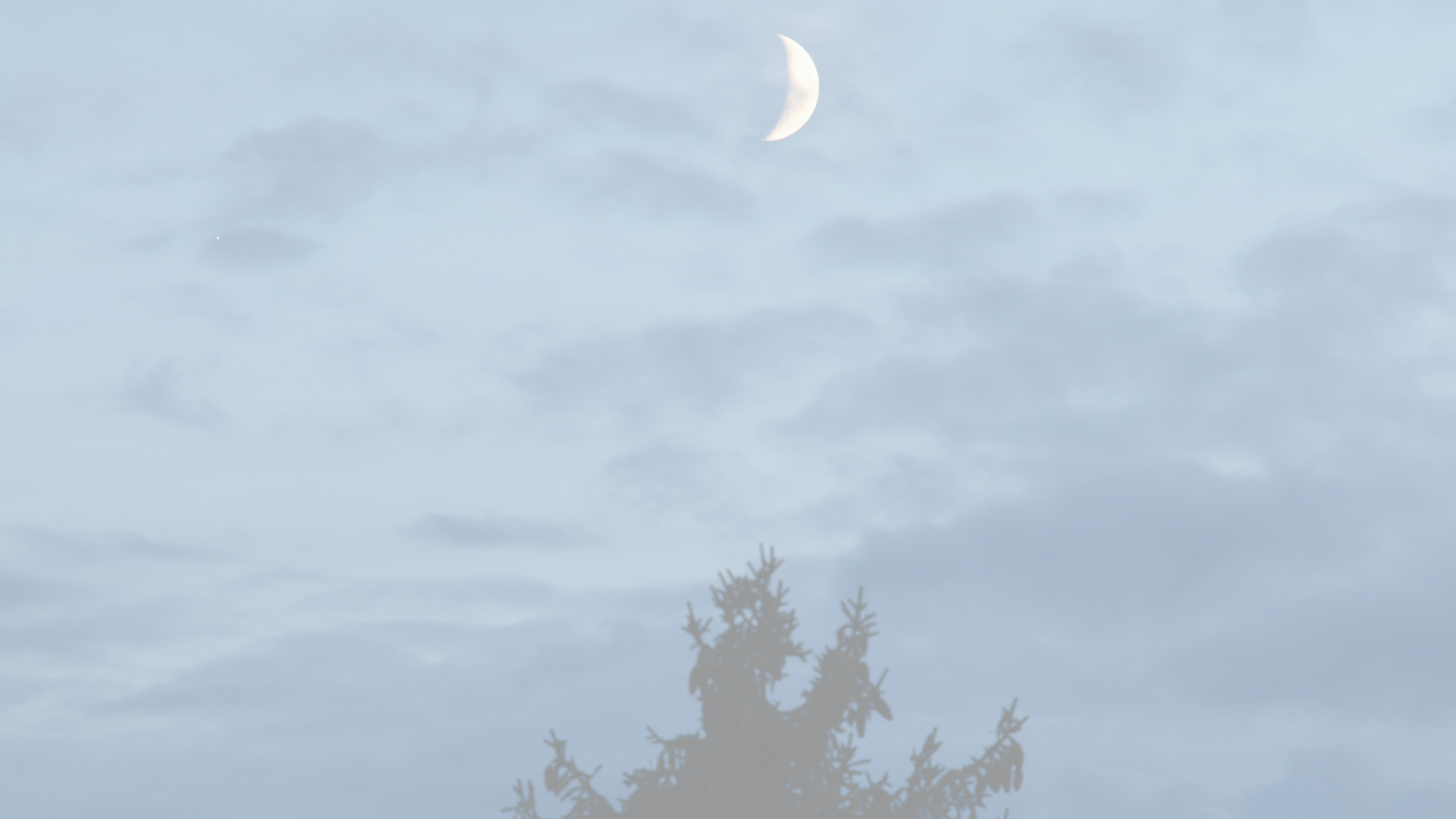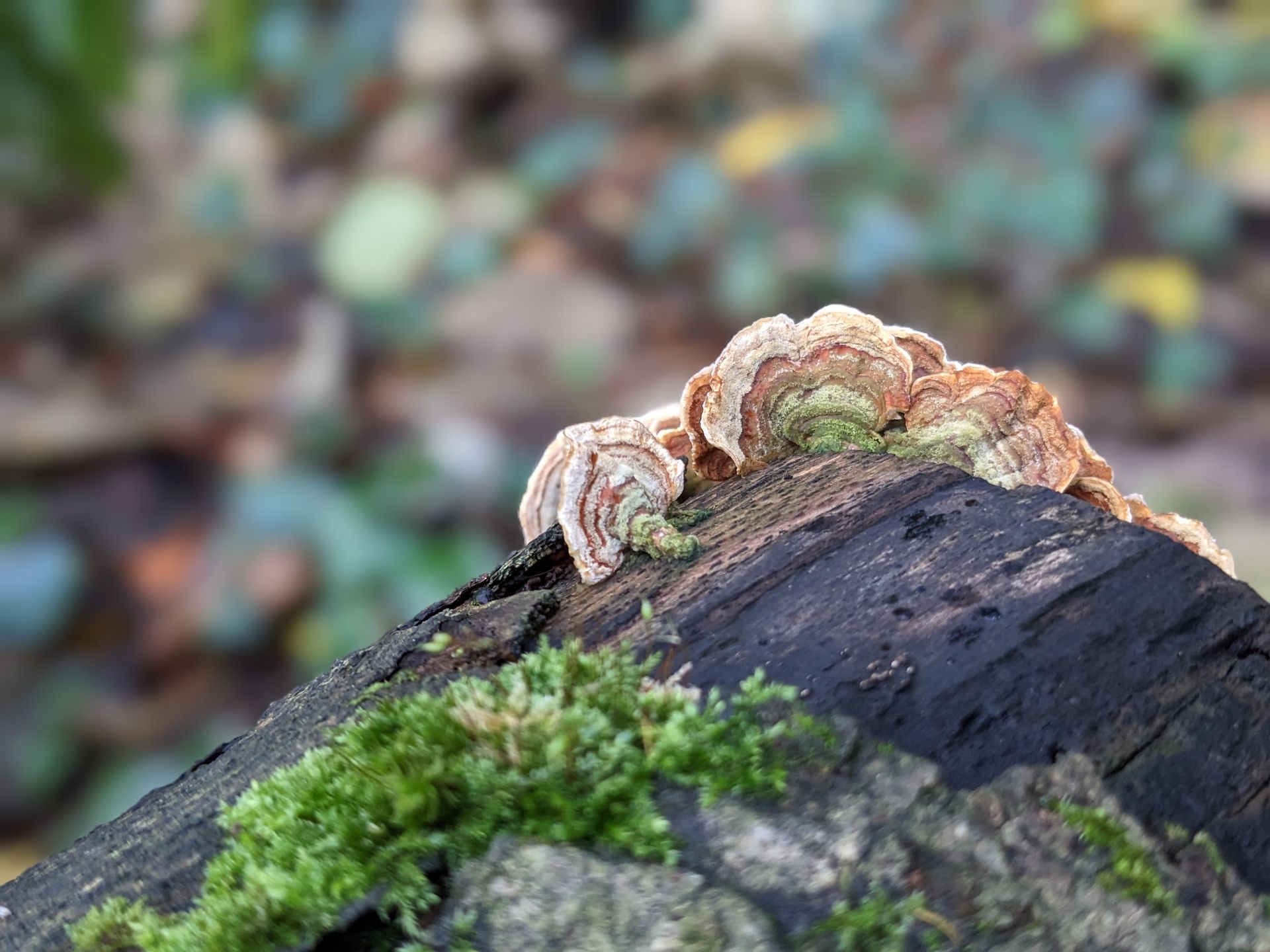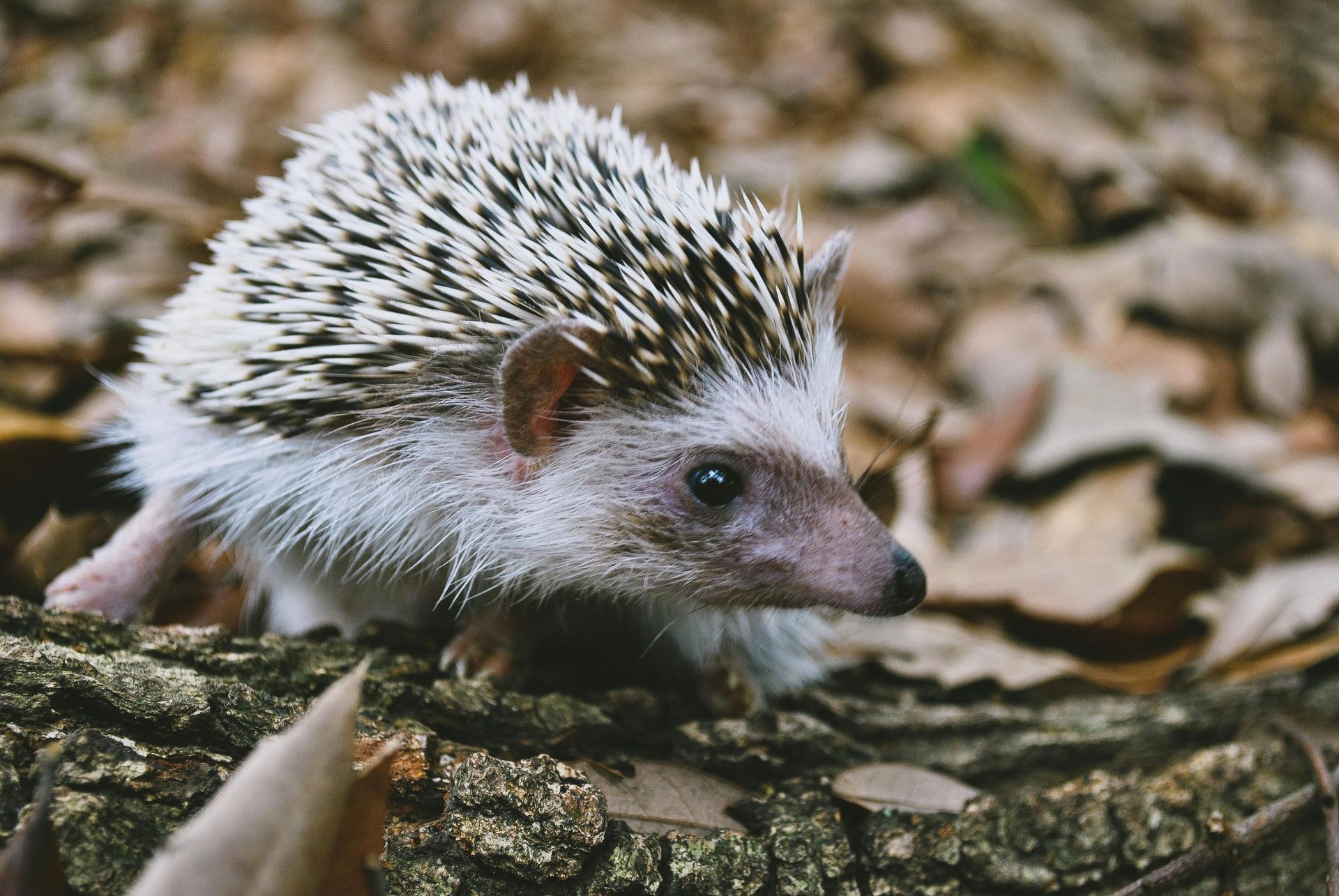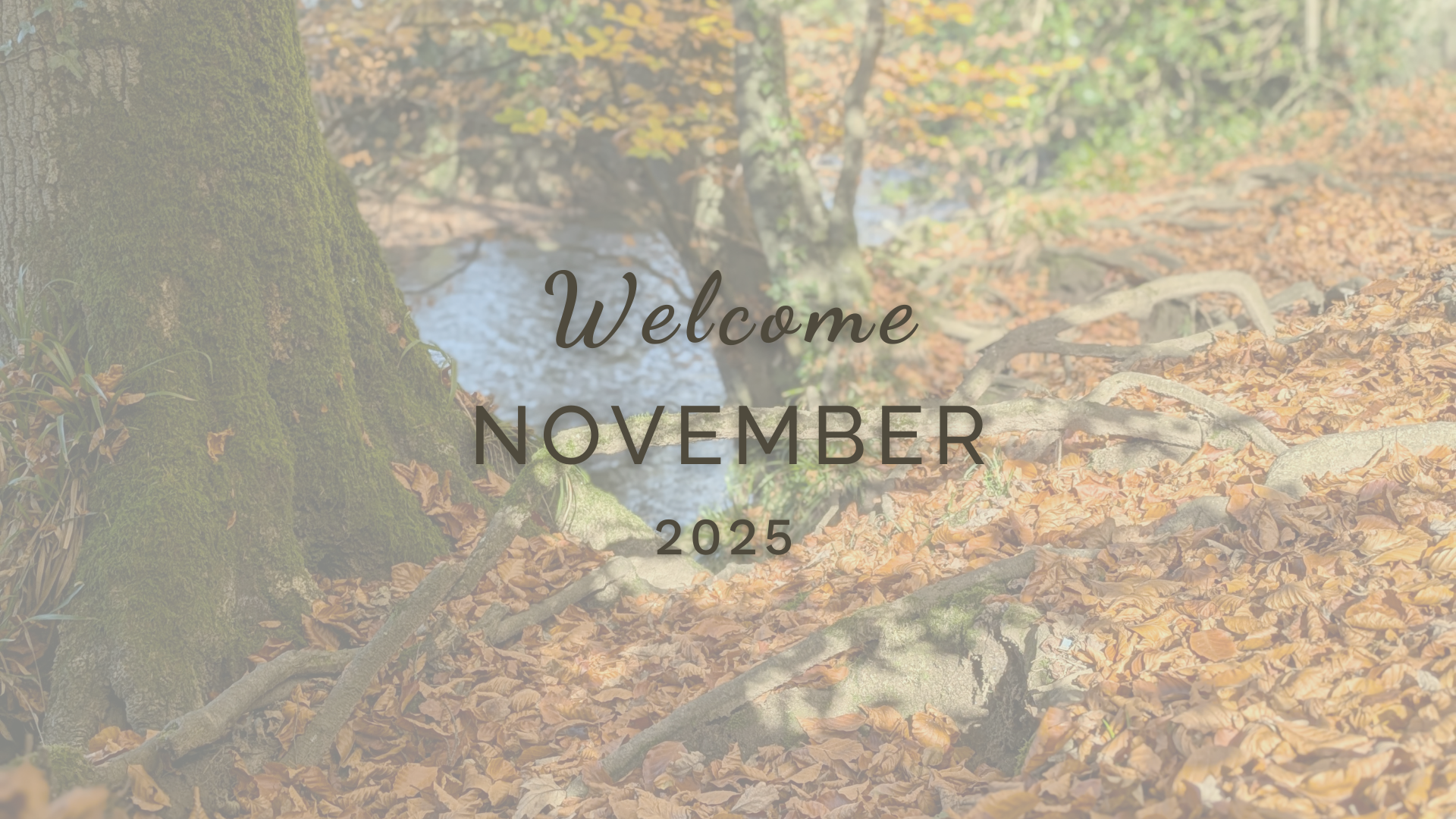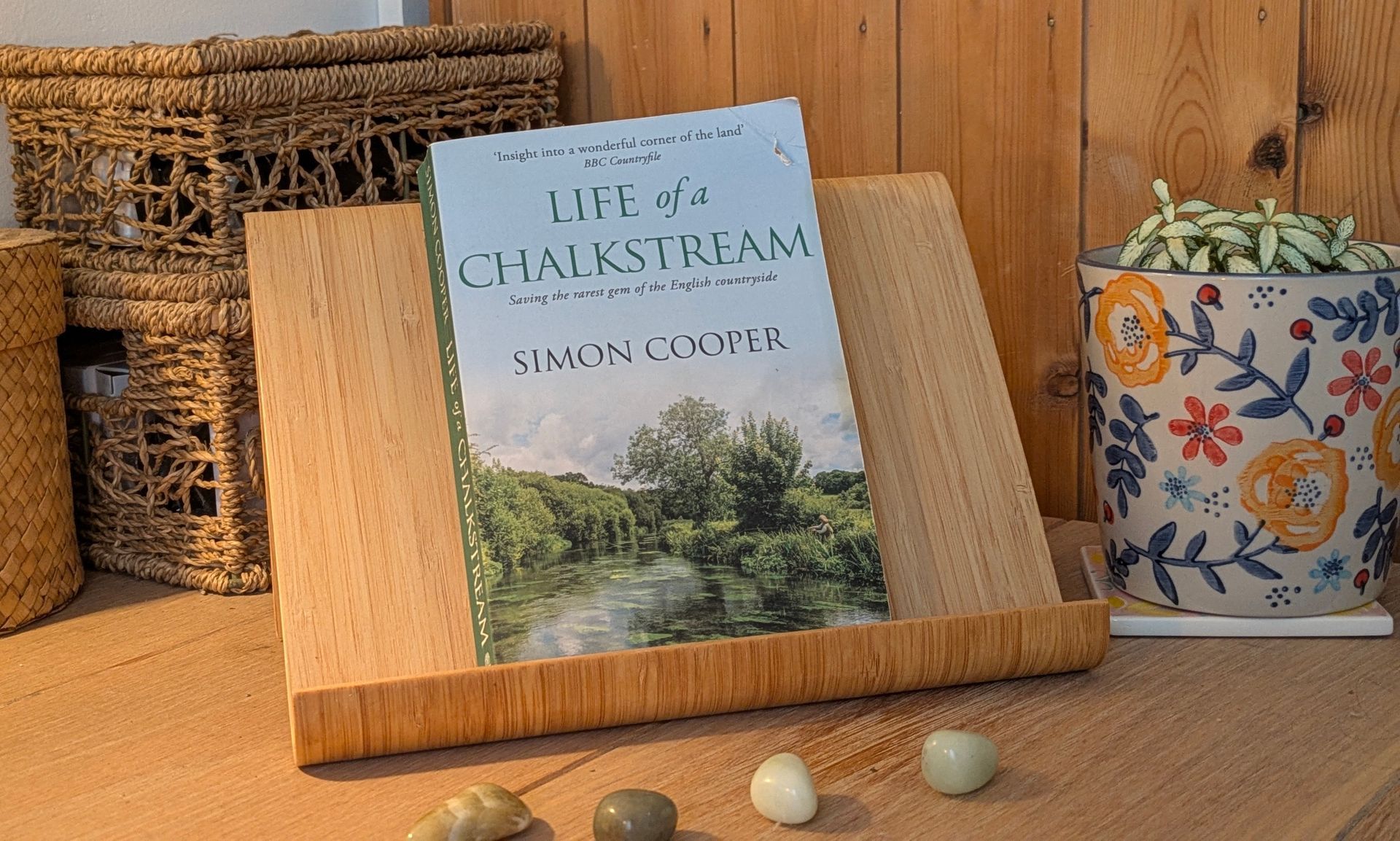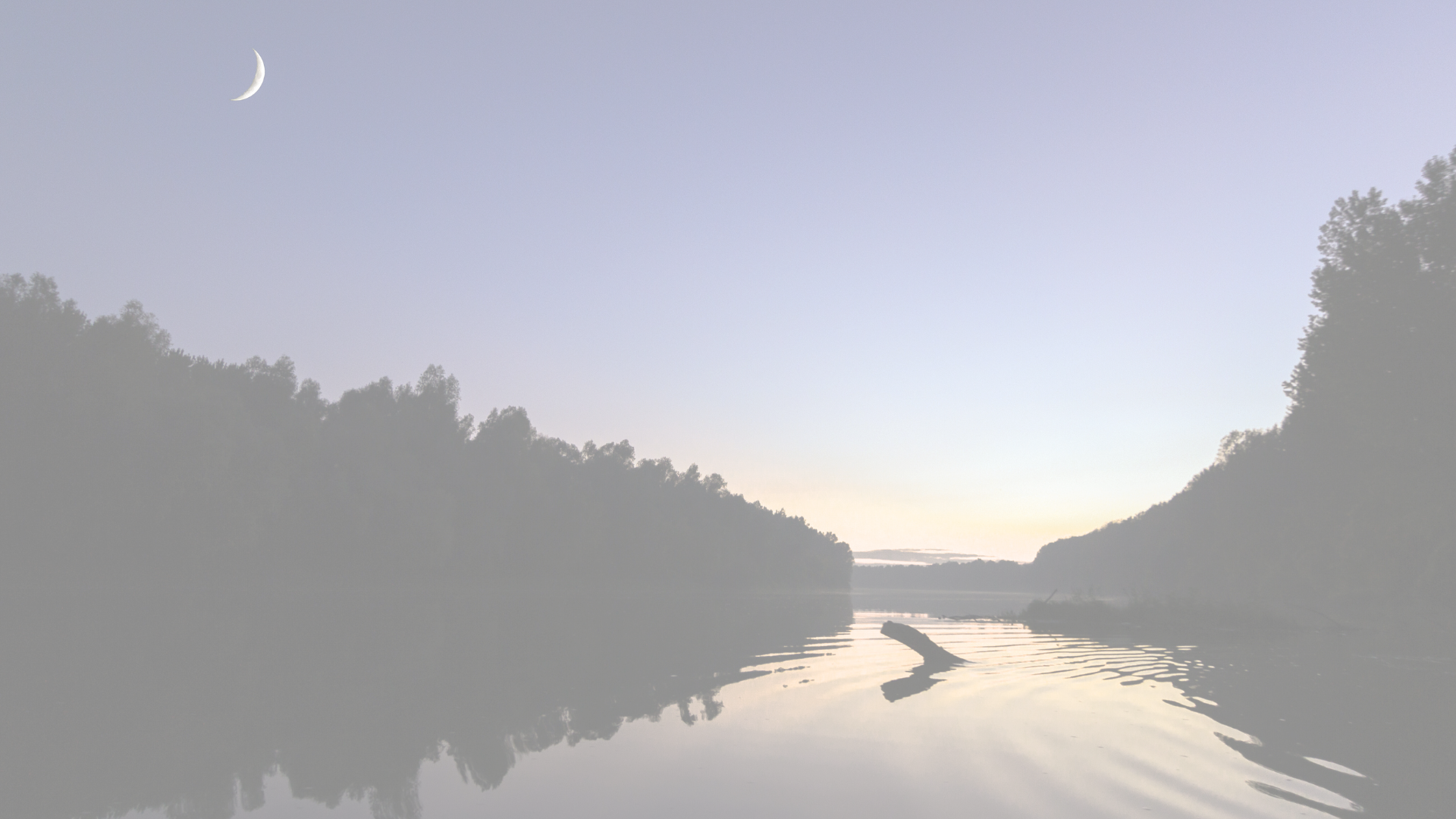Planning A Field Trip (free download)
Making plans to spend some quality time in Nature
A Field Trip is a an organised outing for visiting sites and locations of natural interest where we can spend time in Nature and purposefully observe the things we see around us.
Field Trips are a great way to experience our natural world more closely and gather information about different species, environments and natural habitiats. The best sites are those where Nature is free to do its own thing and we can hone in on wildlife activities as they change through the seasons. We can do this by visiting Areas of Outstanding Natural Beauty (AONB) although any patch of ground where Nature thrives will do just as well.
Finding the best places to visit is an essential part of Field Trip planning. It helps a great deal and saves time when we know where to go, what to expect and what we want to discover at certain times in particular locations. It's something children enjoy a great deal and being organised means everyone can have the best time and make it a memorable experience.
Field Trip Planner, Checklist and Notes Template
I love exploring Nature most days and tend to always be prepared in case I find a particularly amazing place that captures my attention and I want to explore further. A quick walk can turn into a long hike if you have the time so it pays to have everything you need with you. This means you can always take the opportunity to go where the road takes you should the occasion arise.
This is why I designed a 'Field Trip Planner and Notes' template with things to think about before going on an adventure and things to make a note of when you have settled down in the perfect spot to watch and observe Nature in action. This is available as a
FREE download
for you print off and use whenever you wish (see below).
Planning essentials
Planning a Field Trip is something everyone can get involved in and here are some tips to make sure it's a resounding success.
1) Plan well in advance
Make sure you have time to do your research and find out as much as you can about a given location. Things to think about are directions, transport, length of travel time, car parking and site facilities.
Most of the more well known sites have things like toilets and places to buy refreshments. The more out-of-the-way places will require taking essential provisions which I have included in the tempate as a 'Backpack Checklist.'
2) Check the weather
We can't control the weather and we mustn't make it an excuse NOT to spend time in Nature. I am often found walking on moorland so I know that the weather can turn very quickly from clear blue skies to thick fog or heavy rain. My backpack checklist has all the essentials and there may be other things you need to take, especially if you have children on board. Be careful not to add too much weight and share the load if you are with others so that you can walk naturally and move around as freely as possible.
If it's a beach trip, be sure to check times of high/low/Spring tides as you don't want to arrive when the tide is up or get stuck if the tide is due to come in while you are walking.
4) Capture the moment
Taking the time to capture things you see will allow you to look back on your trip with the fondest of memories. This means taking plenty of photographs as well as writing down what you see using your new template. There are many things you can do with the information you gather such as sharing with friends and family, sharing on social media, writing more about it or developing your findings into specific projects and presentations.
I always take my phone camera with me (fullly charged) together with a dedicated Field Study Notebook and writing materials.
5) Leave no trace
We should all be familiar with the Country Code and the importance of treating natural locations, habitats and wildlife with the utmost dignity and respect - it is their home after all and they would thank you for it if they knew how. As a general rule, take care not to do anything that might cause any harm or loss, and take all your litter home with you.
The best way to be a responsible traveller is to keep the peace and leave no trace of your presence, except perhaps your footprints. Being well prepared means that you can leave your chosen location in a beautiful condition, just as you found it.
Final note
Going on a Field Trip reminds many of us of our school days when such outings were considered to be highly educational and something akin to the 'Team Building' exercises practiced in the business world. There is no better way to get to know people, have some fun and learn things about Nature at the same time.
I say let's bring Field Trips back into our lives as a means to spend more time outdoors, to appreciate and understand our natural world more and to experience all the wonderful benefits Mother Nature can bring.
Nature is calling so why not start planning your next Field Trip today?
Sue Cartwright
Spiral Leaf
GET YOUR FREE DOWNLOAD!
A three-page template to print out and use for planning and making your observations
Thank you for sharing!
for you, for me and for Mother Nature
Latest Posts
All Posts

